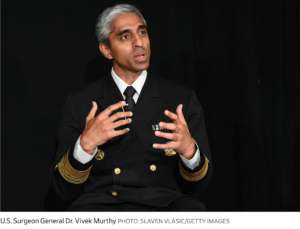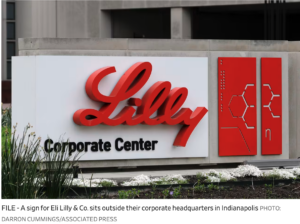
From the very beginning, the Affordable Care Act, better known as ObamaCare, has been a fraud. This revolutionary healthcare legislation was passed by the Obama-controlled Congress in 2010 without a single Republican vote. That should tell you something about this legislation right away since Republicans rarely ever agree on anything. But they certainly agreed this was bad for healthcare and bad for the country.
I have written three books about ObamaCare including The ObamaCare Train Wreck, The ObamaCare Reality, andChanging Healthcare – so I know a thing or two about this subject. Yet even I was appalled to learn the latest news about the fraud that has been perpetrated by the Biden administration.
Brian Blasé, writing in The Wall Street Journal, tells us, “The Biden administration has made ObamaCare even more wasteful than it already was. A new Paragon analysis estimates that five million enrollees are receiving health-insurance subsidies well above the amounts to which they are legally entitled. The subsidy amount is largely determined by income, so that brokers and insurers alike financially benefit if applicants misstate their incomes. The administration, seeking to inflate coverage numbers, has prioritized enrollment over the program’s integrity. That has fostered fraudulent spending, which we estimate at $20 billion in 2024.”
How could this happen?
In August 2022, President Biden signed legislation increasing subsidies through 2025. In states that haven’t adopted ObamaCare’s Medicaid expansion, taxpayers pay the entire plan premium for enrollees with income between 100% and 150% of the federal poverty level. ObamaCare bars federal assistance to people with incomes below the poverty line who live in states that haven’t expanded Medicaid.
That creates an incentive to submit applications estimating income between 100% and 150% of the federal poverty level. Such misestimates of income, whether intentional or accidental, cost taxpayers thousands of dollars per enrollee. The average annual subsidy for this income group is about $6,000 per adult.
Most people who sign up for insurance-exchange plans are counseled by brokers and agents. Customers provide personal information because they are told the coverage is free. Many people wouldn’t pay any of their own money for this coverage and enroll if they weren’t told there is no financial cost.
Blasé says, “Many more enrollees than are eligible are reporting income within narrow ranges that leave them with zero premium for a plan. The scope of this problem suggests something akin to organized fraud. Reports indicate that unscrupulous agents and brokers aiming to maximize their commissions are switching many ObamaCare enrollees into new plans without their consent.”
In several states, the number of people signed up for coverage with an application listing income between 100% to 150% of the federal poverty level exceeds the number of working-age adults with income in that range. Children and seniors in this income range aren’t eligible for exchange plans. In Florida, 2.7 million people who reported income between 100% and 150% of the federal poverty level signed up for an exchange plan this year. Yet our analysis found that only about 700,000 Floridians with income in this range are eligible for such coverage. In Georgia, the respective figures were 830,000 and 340,000.
Who benefits from this fraud?
Insurers benefit because the Treasury pays ObamaCare subsidies directly to them. Hospitals benefit because more of their patients have healthcare insurance, reducing their charitable treatments. Patients in the system benefit from free or nearly-free healthcare. Politicians benefit because they can brag to their constituents about lowering the cost of healthcare insurance. But they won’t brag about lowering your taxes because taxpayers have to pay for all this government largess.
Blasé makes three recommendations to eliminate this fraud:
- Refrain from enacting legislation renewing the enhanced ObamaCare subsidies after 2025.
- Significantly increase the amount of subsidies that insurers and brokers must repay if income is misstated.
- End auto-reenrollment into plans from one year to the next and reverse Biden administration actions that enabled such widespread fraud.
Progressives have been trying to implement socialized medicine – complete government control of healthcare – since the days of President Teddy Roosevelt. ObamaCare has taken them one step closer to their goal and Biden has enabled this latest step forward through widespread misstatements of income while government looks the other way. It’s time to put a stop to this.



